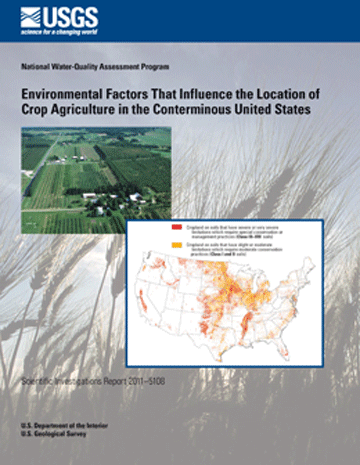In 1999, the European Union Council Directive 1999/74/EC banned conventional battery cages for laying hens throughout the European Union from January 1, 2012; they were banned previously in other countries including Switzerland. In response to these bans, development of prototype commercial furnished cage systems began in the 1980s. Furnished cages, sometimes called 'enriched' or 'modified' cages, are cages for egg-laying hens which have been designed to allow the hens to perform their "natural behaviors" whilst retaining their economic and husbandry advantages, and also provide some of the welfare advantages of non-cage systems. Many design features of furnished cages have been incorporated because research in animal welfare science has shown them to be of benefit to the hens. In the UK, the Defra "Code for the Welfare of Laying Hens" states furnished cages should provide at least 750 cm2 of cage area per hen, 600 cm2 of which should be usable; the height of the cage other than that above the usable area should be at least 20 cm at every point and no cage should have a total area that is less than 2000 cm2. In addition, furnished cages should provide a nest, litter such that pecking and scratching are possible, appropriate perches allowing at least 15 cm per hen, a claw-shortening device, and a feed trough which may be used without restriction providing 12 cm per hen. Furnished cages (Enriched) give the hens more space than the conventional battery cages, so that each bird may spread their wings without touching one another if desired. Enrichment such as nest boxes, perches, and dust baths are also provided so that the birds may carry out their natural behaviors such as nesting, roosting, and scratching as though they were outdoors.
Enrichment of laying hen cages ultimately results in better bone quality. This is a result of the increased activity in the hens from the additional space and enrichment provided in the furnished housing system.
Although the enriched housing system has its advantages such as reduced aggression towards one another and cleaner eggs, modern egg laying breeds often suffer from osteoporosis which results in the chicken's skeletal system being weakened. During egg production, large amounts of calcium are transferred from bones to create egg-shell. Although dietary calcium levels are adequate, absorption of dietary calcium is not always sufficient, given the intensity of production, to fully replenish bone calcium. This can lead to increases in bone breakages, particularly when the hens are being removed from cages at the end of laying. Osteoporosis may be prevented by free range and cage-free housing systems, as they have shown to have a beneficial impact on the skeletal system of the hens compared to those housed in caged systems.
Countries such as Austria, Belgium or Germany are planning to ban furnished cages until 2025 additionally to the already banned conventional cages







Comments